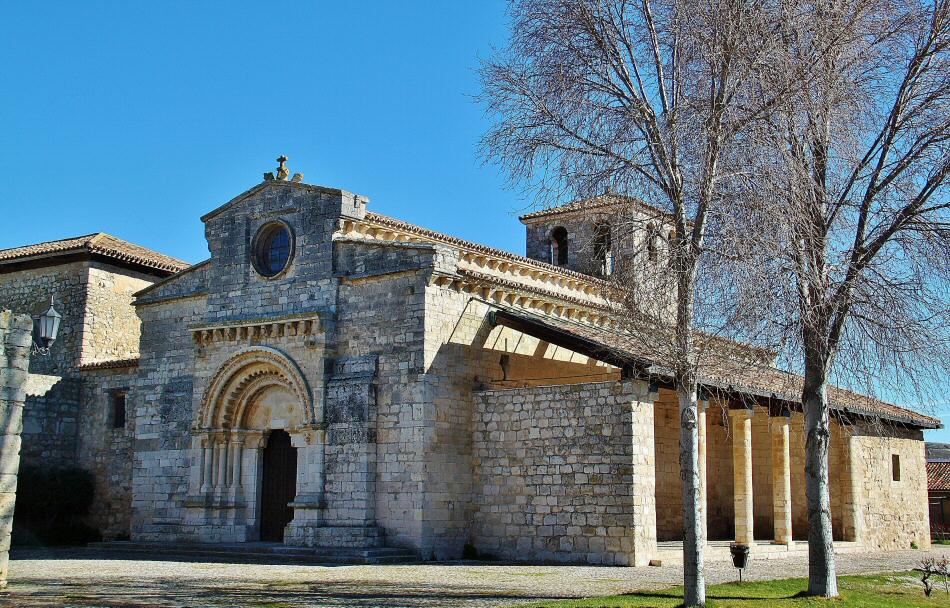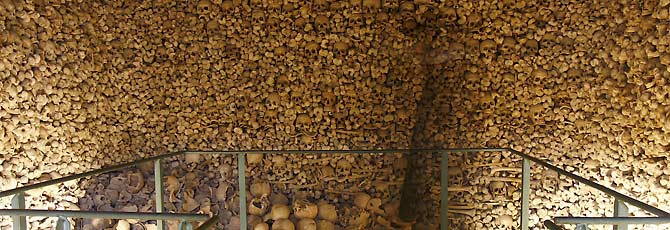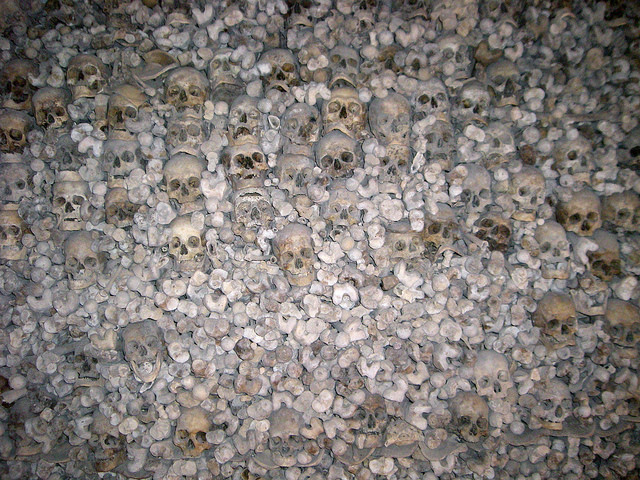
 Notably, Wamba is the only municipality in Spain whose name contains the letter W, but it also contains one of the country's largest ossuaries.
Notably, Wamba is the only municipality in Spain whose name contains the letter W, but it also contains one of the country's largest ossuaries.
Its name comes from the Gothic King Wamba, who was elected king in that city in the year 672. At that time it was called Gérticos and King Recceswinth had a villa there resting. As Receswinth died in this town, the nobles elected Wamba immediately that day.
This tiny town lies outside the city of Valladolid in northern Spain is home to a giant collection of bones, and like other bone churches, the original reason for piling the bones up was a simple lack of space remaining in the cemetery.
Unlike some of the other bone churches, the Wamba ossuary doesn’t have walls or ceilings which are ornatelydecorated with bones. Instead, the bones are just in huge piles – they’re organized piles, but they’re piles.
Deep in the vaults of the Santa Maria Church, the skeletons of thousands of monks and villagers are on display. The jam-packed ossuary is full to the ceiling with bones. It is so dense that it takes looking at it for a second to start picking out the over 3,000 skulls that stare out from the rest of the jumble of bones. It doesn't seem like there was a great deal of order to the stack other than making sure to face out the skulls so that their yawning sockets could stare, dead-eyed at visitors.


The cache of bones was deposited there between the 12th and 18th centuries, but the church only became a national historic site in 1931. Better late than never, so long as the old bones are protected.
To get an idea of why someone would collect so many bones in one death-filled spot, an epitaph written on one wall gives some insight: "As you see, I saw myself as you see me, you see all ends here Think about it and you will not sin...."
The Catholic order insists that the display is not meant to be macabre, but a silent reminder of the swift passage of life on Earth and our own mortality.
Researchers have studied the bones and learned a great deal about medieval village life in Spain, but since all the bones are mixed together it’s impossible to put together a complete skeleton of one particular human being.